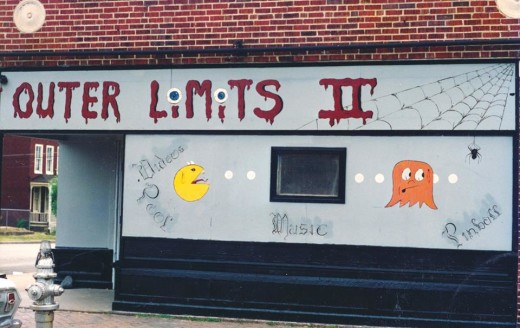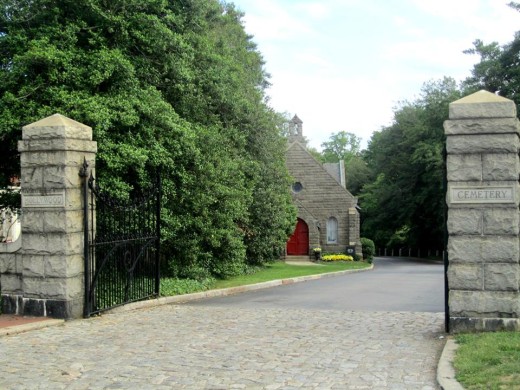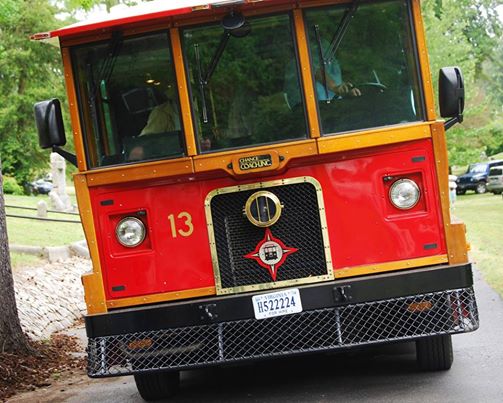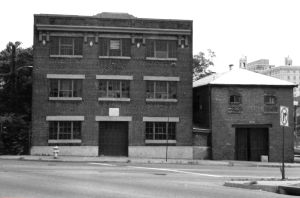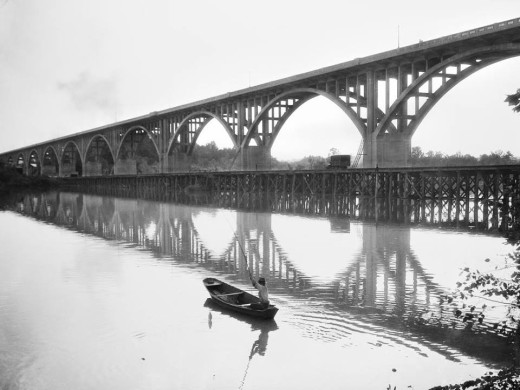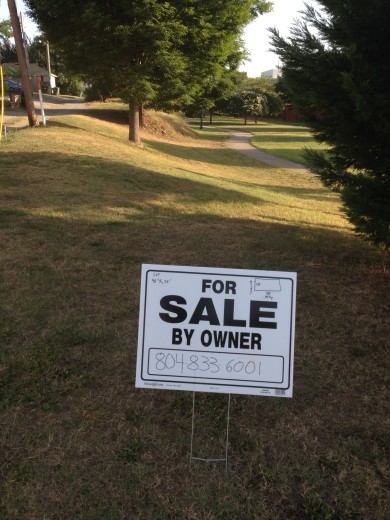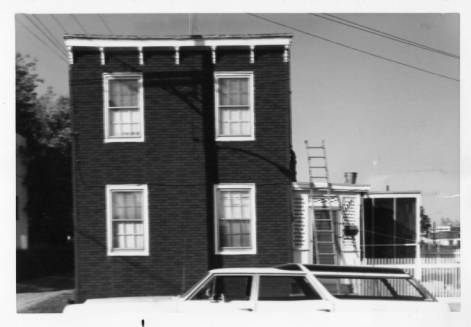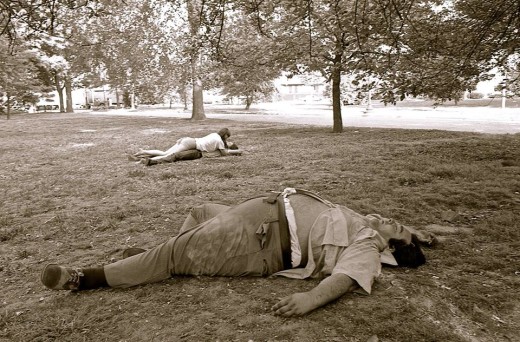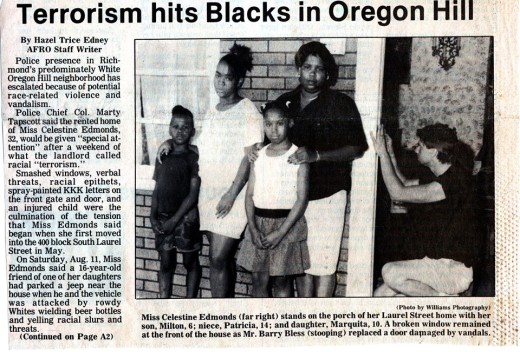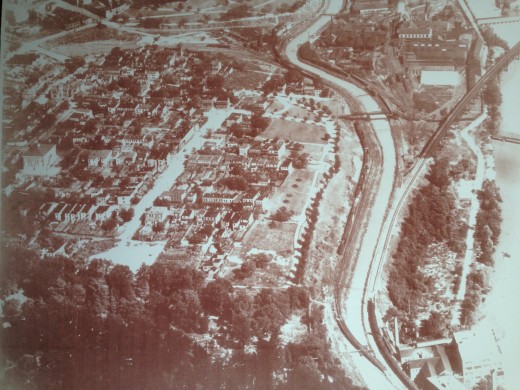Category Archives: history
Driving Through Hollywood
From Hollywood Cemetery’s FaceBook page:
Although you can drive through the cemetery today, there was a time when automobiles were prohibited in Hollywood Cemetery. In fact, when President Taft visited in 1909 he was initially refused entry because of his motorcade.
Also:
Another fun way to tour Hollywood is by trolley! Our trolley tours take place every Sunday at 2pm and last approximately 2 hours.
Street Center Remembered
From Josephine Ensign’s blog, “Medical Margins”:
The Street Center was thick-walled and cavernous. It was located in the armpit of town, on the border between Monroe Ward, Gamble’s Hill, and Oregon Hill near the James River. Built on land that had been the old city dump, the building had been a gas meter repair shop for the city as well as a storage unit for abandoned bicycles. The city donated the building as a way to appease the downtown merchants who wanted to get the street people—the visible homeless—away from their struggling businesses. Kudzu vines draped over trees and telephone polls; they formed a convenient curtain to block the public’s view of the ugly, forbidding looking building.
The Street Center was located at the corner of Belvidere and Canal Streets, with the main entrance on Canal. The building was flush with the narrow sidewalk. Belvidere Street, a busy four lane divided highway that ran north to south, was part of US Route 301 extending down to Sarasota, Florida, and up to Delaware. Across Belvidere from the Street Center was a 7-11 that sold cigarettes, cheap beer and flavored wine like Boone’s Farm and Thunderbird, all popular with the Street Center clientele. South of the Street Center were the hulking brick buildings of the Virginia Penitentiary, and just to the west was Hollywood Cemetery where a relative of mine—Jefferson Davis—and 20,000 confederate soldiers lay buried. In the block north of our building was a Hostess Twinkie factory. The sweet buttery smell of the factory mingled with the acrid smells of the Street Center: damp oil-stained concrete, souring unwashed bodies, old urine, and cigarette smoke.
When the Street Center opened in April 1986, homelessness was getting extensive national and local attention, with almost daily newspaper and TV news coverage. In May of that year, USA for Africa teamed up with Coca-Cola to sponsor Hands Across America to raise money for “fighting hunger and homelessness.” They had thousands of people hold hands for 15 minutes in cities across the nation. President Reagan joined in the hand holding from the White House, reportedly shamed into doing it by his daughter. There was a sense that homelessness—at least this new version of homelessness—could be cured.
Fishing at The Lee Bridge…
Photo from Visual and Vintage Virginia’s Facebook page:
Lot For Sale/House That Was
Beneath the Pavement: A Public Talk on Richmond’s Archaeology This Saturday
From FaceBook event page:
The public is invited to join RVA Archaeology for an introduction to archaeology, with an emphasis on the special nature of cities. Beneath Richmond’s Pavement will be presented by Taft Kiser, former researcher at the VCU Archaeology Research Center (VCU-ARC). During Taft’s years at the VCU-ARC, from 1988 to 1998, the Center carried out hundreds of projects throughout Virginia. He will describe six excavations performed in the City of Richmond, including evidence of the British occupation of Rocketts Landing and dissected human bones found in a well at VCU.
WHEN: Saturday, August 30, 2014
TIME
10 am: Business meeting to discuss organizational goals (for RVA Archaeology members & people interested in becoming members)
11:30 to12:30 p.m. Public TalkWHERE: Richmond Public Library (Main),101 E. Franklin St., Richmond, VA 23219
CONTACT: RichmondArchaeology@gmail.com
Tredegar Plans To Add New Building
From the Times Dispatch article:
The new American Civil War Museum will create a contemporary L-shaped building in the courtyard at Historic Tredegar to unite the site and the Civil War experience.
Renderings for the stone and brick building were released Monday by the museum, which unites the Museum of the Confederacy and the American Civil War Center at Historic Tredegar.
The new building will wrap around the Foundry building, home to the American Civil War Center, and replace a much smaller brick-and-glass entry. The current exhibit in that building, “In the Cause of Liberty,” will close after Thanksgiving. In the new setup, the Foundry building will become a multipurpose space for conferences or events.
The main entrance of the new building will face the plaza and be at a right angle to the entrance of the Pattern Building, where the Richmond National Battlefield Park visitor center is located. The visitor center will remain open throughout the construction.
Monroe Park 1974
Part of An Uglier Past
The recent racial conflict in Ferguson, Missouri is a reminder of some of the darker periods of racism in Oregon Hill about 30 years ago (see clipping of article below from The Richmond Afro-American Planet newspaper). Thankfully, in this aspect, the neighborhood has changed since then. This ugly past contrasts with more heroic history.
1930’s Oregon Hill
This is a photo that I ordered from the Library of Va. and had them crop the photo to show Oregon Hill. (I have the high-resolution print.)
The photo was taken in the 1930s when they were planning the Lee Bridge, which was built in 1934. (You will notice that Lee Bridge is not in the photo.) At this time Belvidere was no wider than the other north-south streets in O.H. Every building south of Holly has been demolished except for the gazebo and two surviving buildings on Riverside Park. Grace Arents School is visible on the left of the photo. The canal is shown with the walk-bridge that allowed many O.H. residents to walk to jobs at Tredegar.

